Home>Home Appliances>Bathroom Appliances>How To Fix A Weight Scale
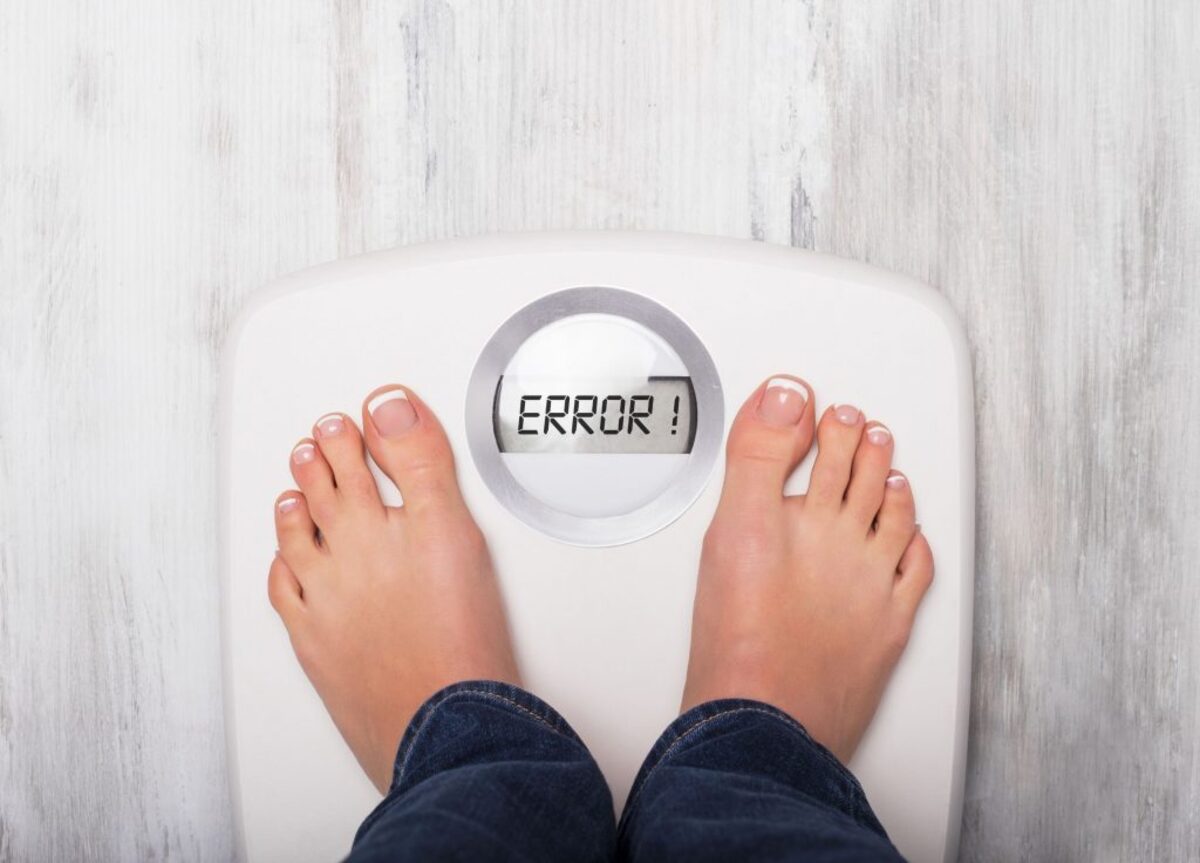

Bathroom Appliances
How To Fix A Weight Scale
Published: February 13, 2024
Learn how to troubleshoot and repair your bathroom scale with our comprehensive guide. Get your weight scale working again with our expert tips and advice. Ideal for anyone dealing with bathroom appliances.
(Many of the links in this article redirect to a specific reviewed product. Your purchase of these products through affiliate links helps to generate commission for Storables.com, at no extra cost. Learn more)
Introduction
A weight scale is an essential tool for monitoring and maintaining a healthy lifestyle. Whether you use it to track your fitness progress or manage your weight, a reliable scale is crucial. However, encountering issues with your weight scale can be frustrating and may lead to inaccurate readings. Fortunately, many common problems with weight scales can be easily resolved with a few simple steps. In this guide, we will walk you through the process of troubleshooting and fixing a weight scale to ensure accurate and consistent measurements.
A malfunctioning weight scale can be attributed to various factors, including battery issues, calibration errors, dirt and debris accumulation, or physical damage. By systematically addressing these potential issues, you can restore your scale to optimal functionality and reliability. Whether you have a digital or analog scale, the troubleshooting steps outlined in this guide are designed to help you identify and resolve the most common problems.
By following the step-by-step instructions provided in this article, you can gain a better understanding of your weight scale and learn how to address minor issues without the need for professional assistance. Additionally, taking proactive measures to maintain and troubleshoot your weight scale can prolong its lifespan and ensure accurate readings for years to come.
Now, let's delve into the specific steps to troubleshoot and fix common issues with weight scales, empowering you to take control of your scale's performance and accuracy. Whether you're a fitness enthusiast, health-conscious individual, or simply someone who values precision in weight measurements, this guide will equip you with the knowledge and skills to address common weight scale issues effectively.
Key Takeaways:
- Keep your weight scale accurate by checking and replacing the batteries regularly. This simple step can eliminate measurement inaccuracies and ensure reliable readings for a healthier lifestyle.
- Regularly clean and inspect your weight scale for damage to maintain its accuracy and functionality. This proactive approach can prolong the scale’s lifespan and provide consistent measurements.
Read more: How To Reset A Weight Scale
Step 1: Check the batteries
One of the most common reasons for a malfunctioning weight scale is depleted or improperly installed batteries. Therefore, the first step in troubleshooting your weight scale is to check the status of the batteries. Whether your scale is digital or analog, ensuring that the batteries are in good condition is essential for accurate and consistent measurements.
For digital weight scales, begin by accessing the battery compartment, typically located on the underside of the scale. Carefully remove the batteries and inspect them for any signs of corrosion, leakage, or physical damage. If the batteries appear to be in good condition, proceed to check their power levels using a battery tester or by replacing them with fresh batteries. It's important to use the correct type and size of batteries recommended by the manufacturer to avoid compatibility issues.
Analog weight scales, on the other hand, may utilize mechanical components that rely on batteries for operation. In this case, carefully flip the scale over and locate the battery compartment. Similar to digital scales, inspect the batteries for any visible damage or corrosion. If the batteries are removable, replace them with new ones according to the manufacturer's specifications.
Once the batteries have been replaced or confirmed to be in good condition, reassemble the battery compartment and power on the scale. Take note of any error messages or unusual display readings, as these may indicate underlying issues that require further troubleshooting.
By ensuring that the batteries powering your weight scale are functioning properly, you can eliminate a common source of measurement inaccuracies and restore the scale's functionality. In the event that replacing the batteries does not resolve the issue, it may be necessary to proceed to the next troubleshooting steps to identify and address any additional factors affecting the scale's performance.
Checking the batteries is a fundamental yet crucial step in the process of fixing a weight scale, as it lays the foundation for addressing other potential issues that may be contributing to the scale's malfunction. With this initial step completed, you can proceed to the next phase of troubleshooting with confidence, knowing that the power source of your weight scale has been thoroughly examined and optimized for accurate measurements.
Step 2: Calibrate the scale
Calibrating your weight scale is a critical step in ensuring accurate and reliable measurements. Over time, factors such as frequent use, changes in temperature, or physical impacts can lead to calibration drift, causing the scale to display inaccurate readings. By recalibrating the scale, you can reset its internal mechanisms and restore precision to the measurement process.
Digital Scale Calibration
For digital weight scales, the calibration process typically involves a set of predefined instructions provided by the manufacturer. These instructions may vary depending on the model and design of the scale. However, a common method for calibrating digital scales involves placing a known weight, such as a calibration weight or a standard household item with a verified weight, on the scale to verify its accuracy.
To initiate the calibration process, refer to the user manual or online resources specific to your scale model. Some digital scales may feature a dedicated calibration mode accessible through button combinations or menu settings. Follow the prescribed steps to enter the calibration mode and proceed with the calibration procedure as directed.
During the calibration process, ensure that the known weight used for calibration is placed precisely at the center of the scale platform to optimize accuracy. Once the calibration is complete, power off and restart the scale to confirm that the adjustments have been applied successfully. It's important to note that digital scales may require periodic recalibration to maintain accuracy, especially after being relocated or subjected to significant environmental changes.
Analog Scale Calibration
Analog weight scales, also known as mechanical scales, can also benefit from periodic calibration to compensate for any deviations in measurement accuracy. Calibration of analog scales often involves adjusting a mechanical component, such as a dial or knob, to align the scale's indicator with the zero mark or a known reference point.
To calibrate an analog scale, begin by locating the calibration mechanism, which is typically accessible beneath the scale platform or within the housing of the scale. Using a small tool, such as a screwdriver or adjustment key, carefully make incremental adjustments to the calibration mechanism while observing the scale's indicator. The goal is to achieve alignment with the zero mark or a verified reference point, ensuring that the scale provides accurate readings.
After making the necessary adjustments, test the scale by placing a known weight on the platform and observing the indicator's response. Fine-tune the calibration as needed to achieve precise and consistent measurements. Analog scales may require periodic recalibration, especially if they have been moved or subjected to physical stress.
By calibrating your weight scale, whether digital or analog, you can mitigate the effects of calibration drift and maintain the accuracy of weight measurements. This proactive approach to calibration empowers you to optimize the performance of your scale and rely on its readings with confidence, contributing to a seamless and reliable weighing experience.
Read more: What Is A Weight Scale
Step 3: Clean the scale
Proper maintenance and cleanliness are essential for ensuring the optimal performance and longevity of your weight scale. Over time, dust, debris, and other contaminants can accumulate on the scale's surface and components, potentially affecting its accuracy and functionality. Therefore, regular cleaning is a crucial step in troubleshooting and maintaining your weight scale.
Digital Scale Cleaning
For digital weight scales, cleaning typically involves gentle yet thorough removal of any dirt or residue that may have accumulated on the scale's platform and around its edges. Begin by powering off the scale and unplugging it, if applicable, to prevent any electrical hazards during the cleaning process.
Using a soft, slightly damp cloth, carefully wipe the scale's surface to remove dust, fingerprints, and any other visible particles. Avoid using harsh chemicals or abrasive cleaning agents, as these may damage the scale's sensitive components or affect its accuracy. Pay special attention to the areas around the display and buttons, ensuring that no debris interferes with their functionality.
If the scale features removable weighing trays or platforms, detach them according to the manufacturer's instructions and clean them separately. Allow all components to air dry completely before reassembling the scale and powering it back on.
Analog Scale Cleaning
Analog weight scales, particularly those with mechanical components, require a different approach to cleaning. Begin by carefully removing the scale's platform or weighing surface, taking note of any screws or fasteners that may need to be loosened for disassembly.
Once the platform is removed, use a soft brush or cloth to gently clean the internal components, including the springs and levers, to remove any accumulated debris or dust. Avoid using water or liquid cleaning agents on mechanical components, as these may compromise the scale's functionality.
Inspect the underside of the platform and the internal mechanisms for any signs of wear or damage, addressing any issues as needed. After cleaning and inspecting the components, reassemble the scale carefully, ensuring that all parts are securely fastened and aligned.
By maintaining a clean and debris-free weight scale, you can minimize the risk of measurement inaccuracies and ensure that the scale operates optimally. Regular cleaning not only contributes to the scale's performance but also enhances its visual appeal, reflecting your commitment to precision and care in maintaining your weighing equipment.
Step 4: Check for any physical damage
Inspecting your weight scale for physical damage is a crucial step in the troubleshooting process. Physical damage, such as cracks, dents, or misalignments, can significantly impact the scale's accuracy and functionality. Whether your scale is digital or analog, a thorough examination for visible signs of damage can help identify underlying issues that may be contributing to measurement inaccuracies.
Read more: How To Measure Weight On A Scale
Digital Scale Inspection
For digital weight scales, begin by carefully examining the scale's exterior, including the platform, display, and surrounding components. Look for any visible cracks, scratches, or irregularities that may indicate physical damage. Pay close attention to the integrity of the scale's platform, ensuring that it is free from warping or deformation that could affect weight distribution.
Next, inspect the display screen for any abnormalities, such as flickering, pixel distortion, or unresponsive segments. Physical damage to the display can hinder the scale's ability to convey accurate readings, necessitating further attention or potential replacement.
Additionally, check the stability of the scale's support feet or base to ensure that they are intact and level. Any structural damage or instability in the scale's foundation can compromise its ability to provide consistent and reliable measurements.
Analog Scale Examination
Analog weight scales, characterized by mechanical components, require a detailed assessment of their structural integrity. Begin by examining the scale's housing for any visible signs of damage, such as dents, cracks, or misalignments. Ensure that the scale's housing and platform are free from structural compromises that could impact its weighing capabilities.
Next, carefully observe the indicator or dial for any irregularities, such as misalignment or physical damage. A damaged indicator can lead to erratic readings and undermine the scale's overall functionality.
Inspect the mechanical components, including the springs, levers, and pivot points, for any signs of wear, deformation, or damage. These internal elements play a critical role in the scale's operation and must be free from physical impairments to ensure accurate measurements.
By meticulously checking your weight scale for physical damage, you can identify potential issues that may be affecting its performance. Addressing any visible damage promptly can prevent further deterioration and contribute to the scale's long-term reliability and precision.
This thorough examination sets the stage for the final step in troubleshooting your weight scale, empowering you to take proactive measures to maintain its functionality and accuracy.
Step 5: Contact the manufacturer or a professional technician
If you have diligently followed the preceding troubleshooting steps and your weight scale continues to exhibit issues or inaccuracies, it may be time to seek assistance from the manufacturer or a qualified professional technician. While many common problems can be resolved through user-initiated troubleshooting, certain issues may require specialized expertise or advanced diagnostics to rectify effectively.
Contacting the manufacturer of your weight scale is often the most direct and reliable approach to addressing persistent issues. Most reputable manufacturers offer customer support services, including dedicated helplines, online support portals, and product-specific resources to assist users with technical inquiries and troubleshooting guidance. By reaching out to the manufacturer, you can leverage their expertise and insights into the intricacies of your specific scale model, potentially uncovering solutions or recommendations tailored to your situation.
When communicating with the manufacturer, be prepared to provide detailed information about the symptoms and behaviors exhibited by your weight scale, as well as any relevant maintenance or troubleshooting steps you have undertaken. This comprehensive overview can facilitate a more targeted and effective response from the manufacturer's support team, enabling them to assess the situation and provide personalized recommendations or potential resolutions.
In cases where the manufacturer's support resources do not yield a satisfactory resolution, or if the scale requires in-depth technical assessment and repair, engaging the services of a professional technician may be the next logical step. Professional technicians specializing in scale maintenance and repair possess the expertise and tools necessary to diagnose complex issues, conduct precision adjustments, and replace faulty components, restoring your scale to optimal functionality.
When seeking the assistance of a professional technician, prioritize individuals or service providers with proven experience in servicing weight scales, ideally those authorized by the scale's manufacturer or reputable within the industry. By entrusting your scale to a qualified technician, you can benefit from their specialized knowledge and ensure that the necessary repairs or adjustments are carried out with precision and attention to detail.
Ultimately, contacting the manufacturer or a professional technician represents a proactive and strategic approach to resolving persistent issues with your weight scale. By leveraging the expertise and resources available through these channels, you can pursue comprehensive solutions that align with the specific needs of your scale, ultimately restoring its accuracy and reliability for continued use.
Frequently Asked Questions about How To Fix A Weight Scale
Was this page helpful?
At Storables.com, we guarantee accurate and reliable information. Our content, validated by Expert Board Contributors, is crafted following stringent Editorial Policies. We're committed to providing you with well-researched, expert-backed insights for all your informational needs.
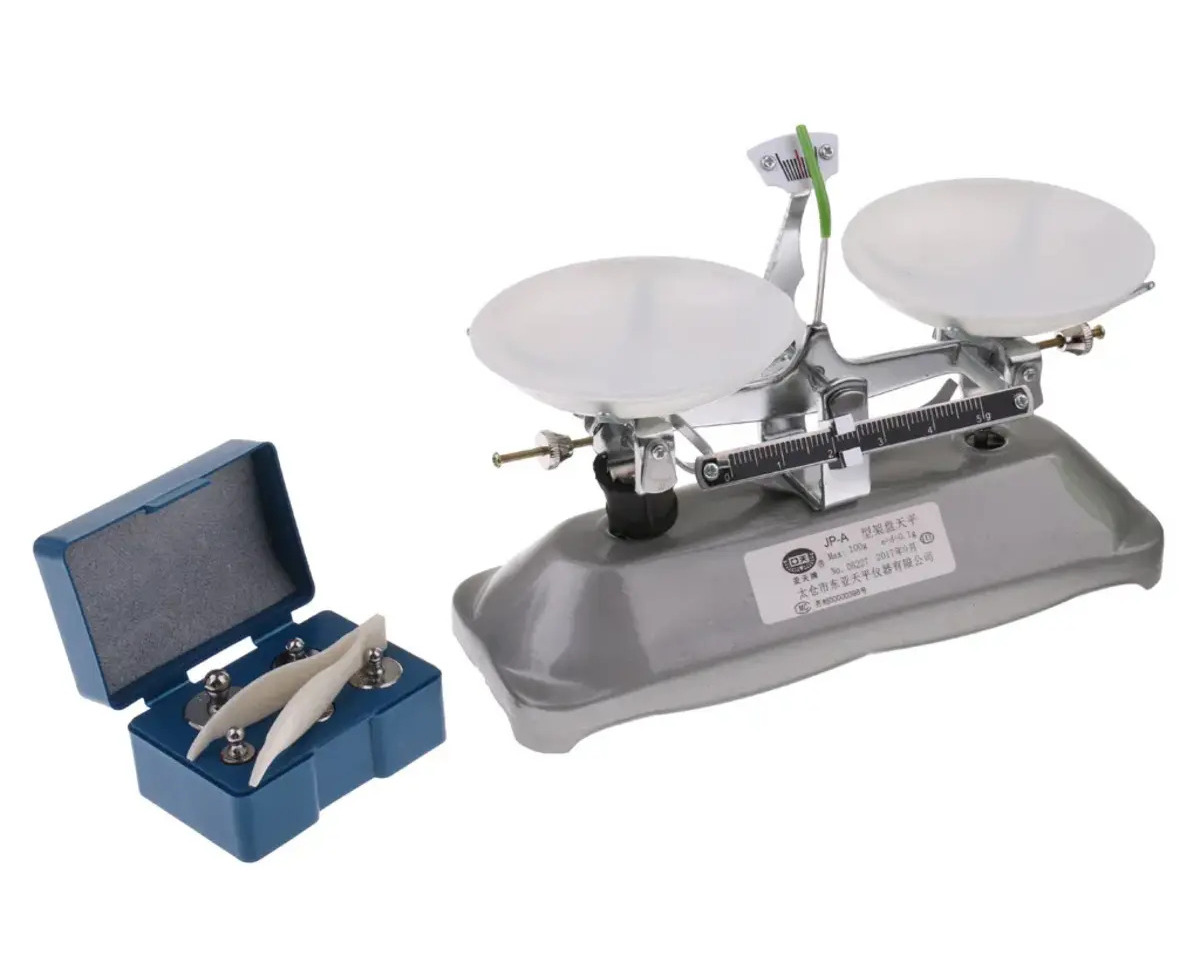
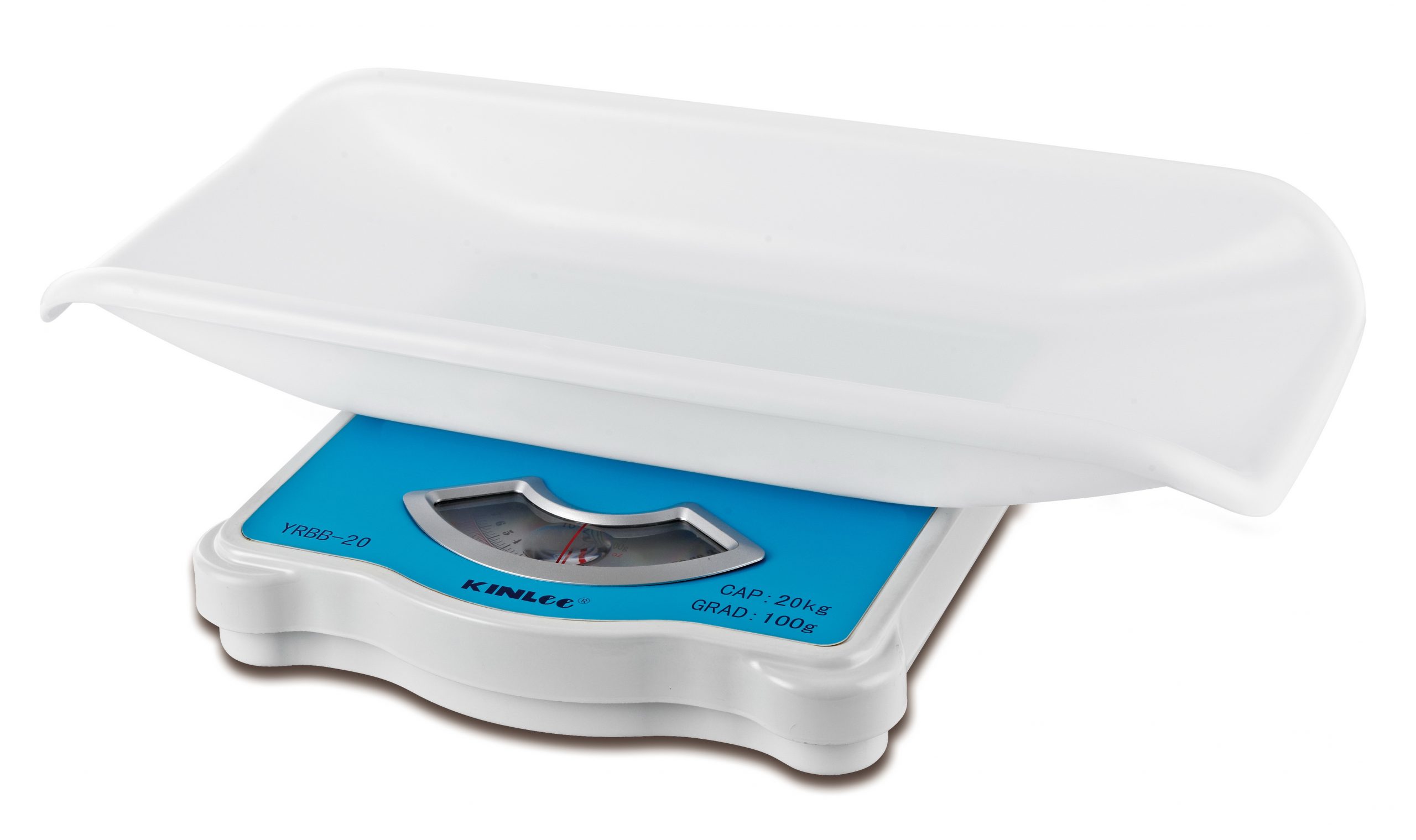
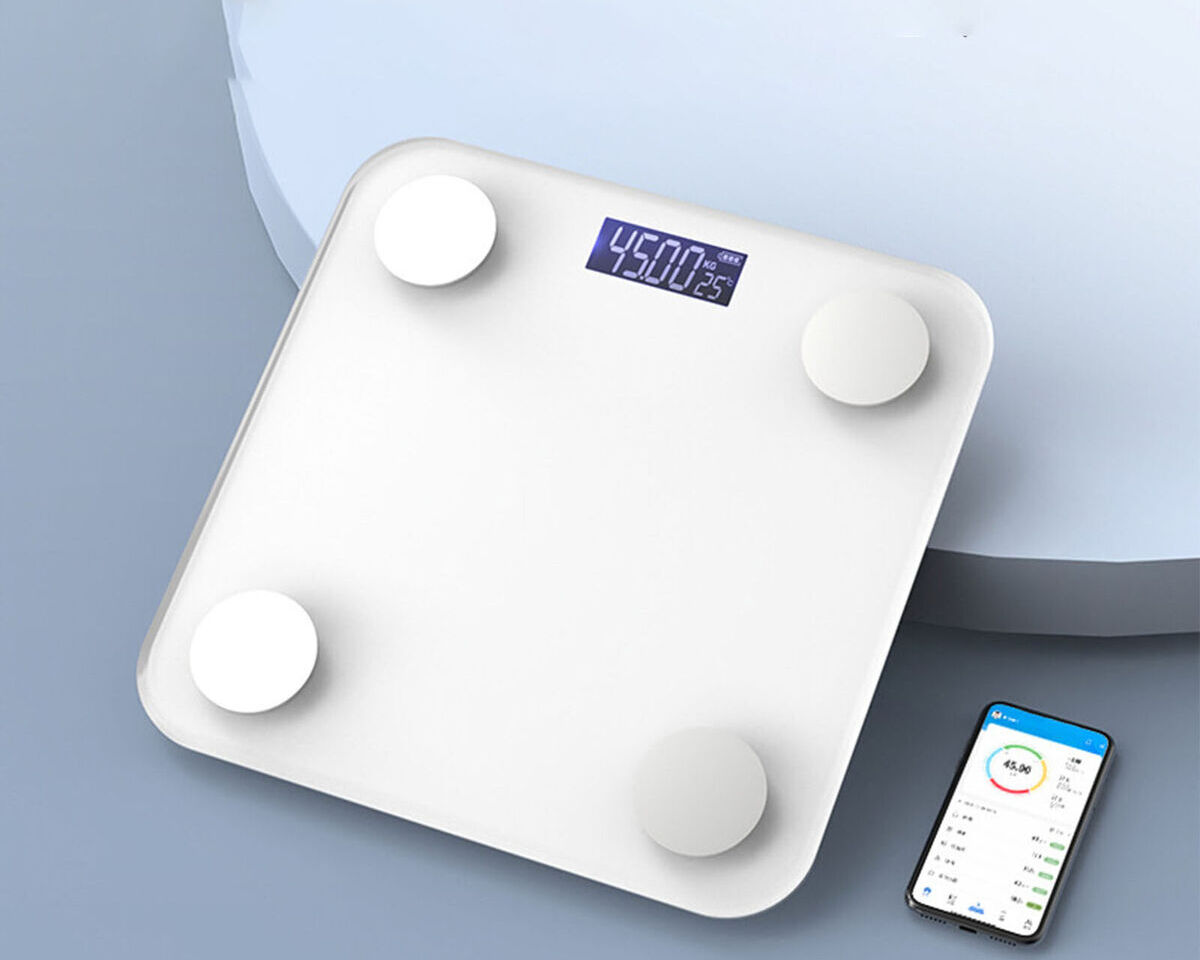
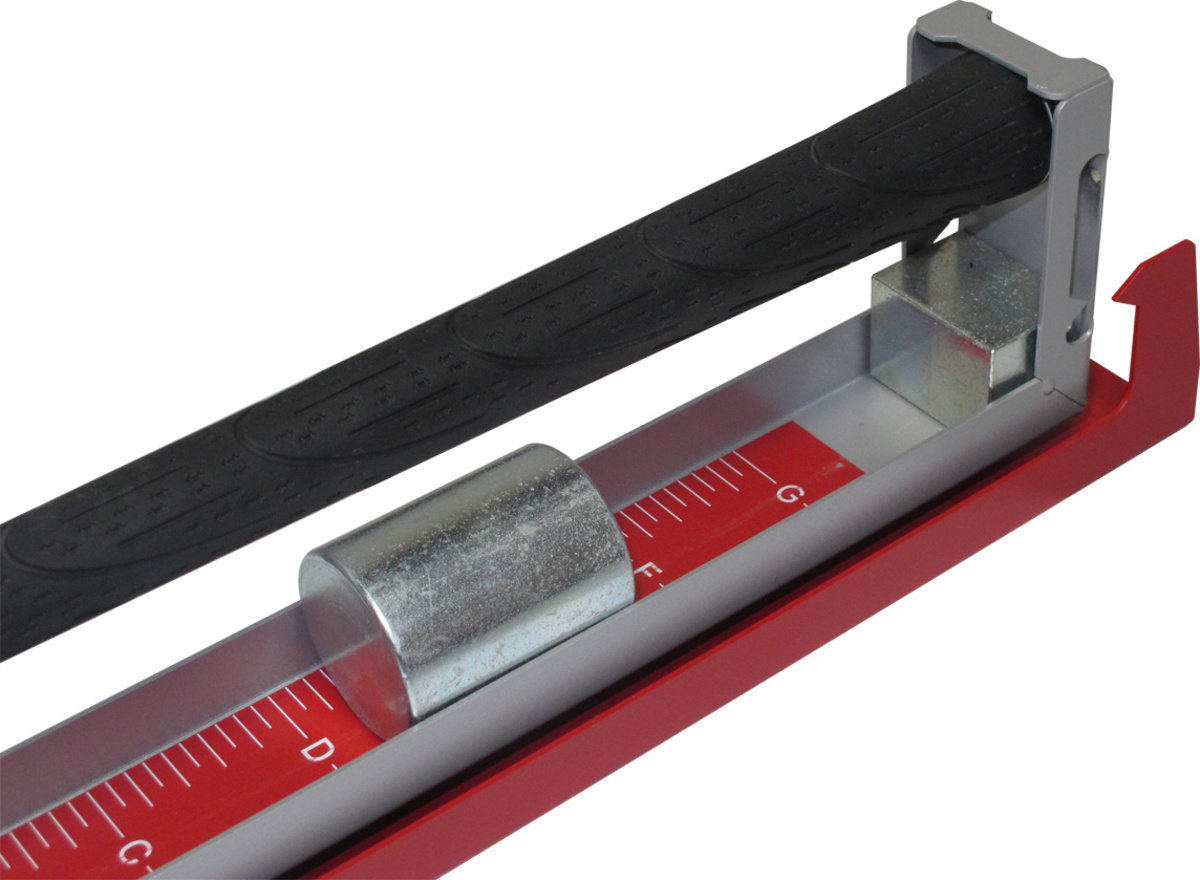
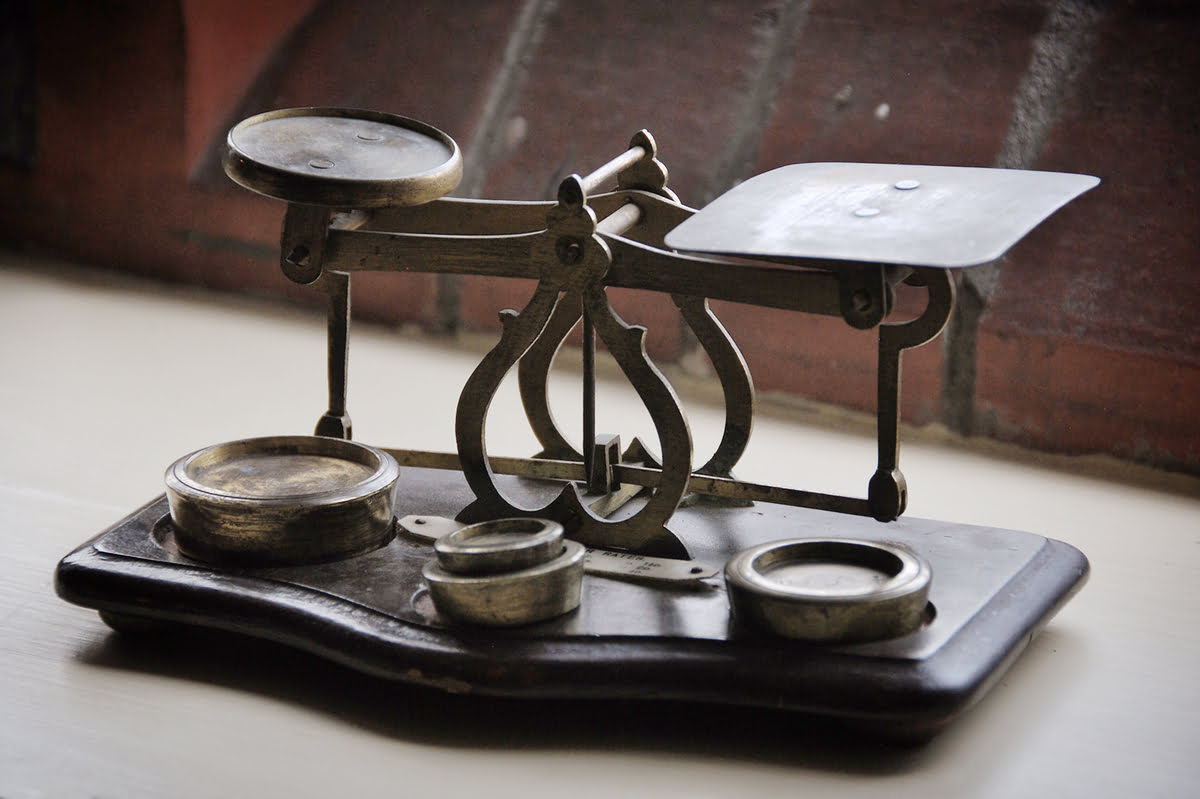

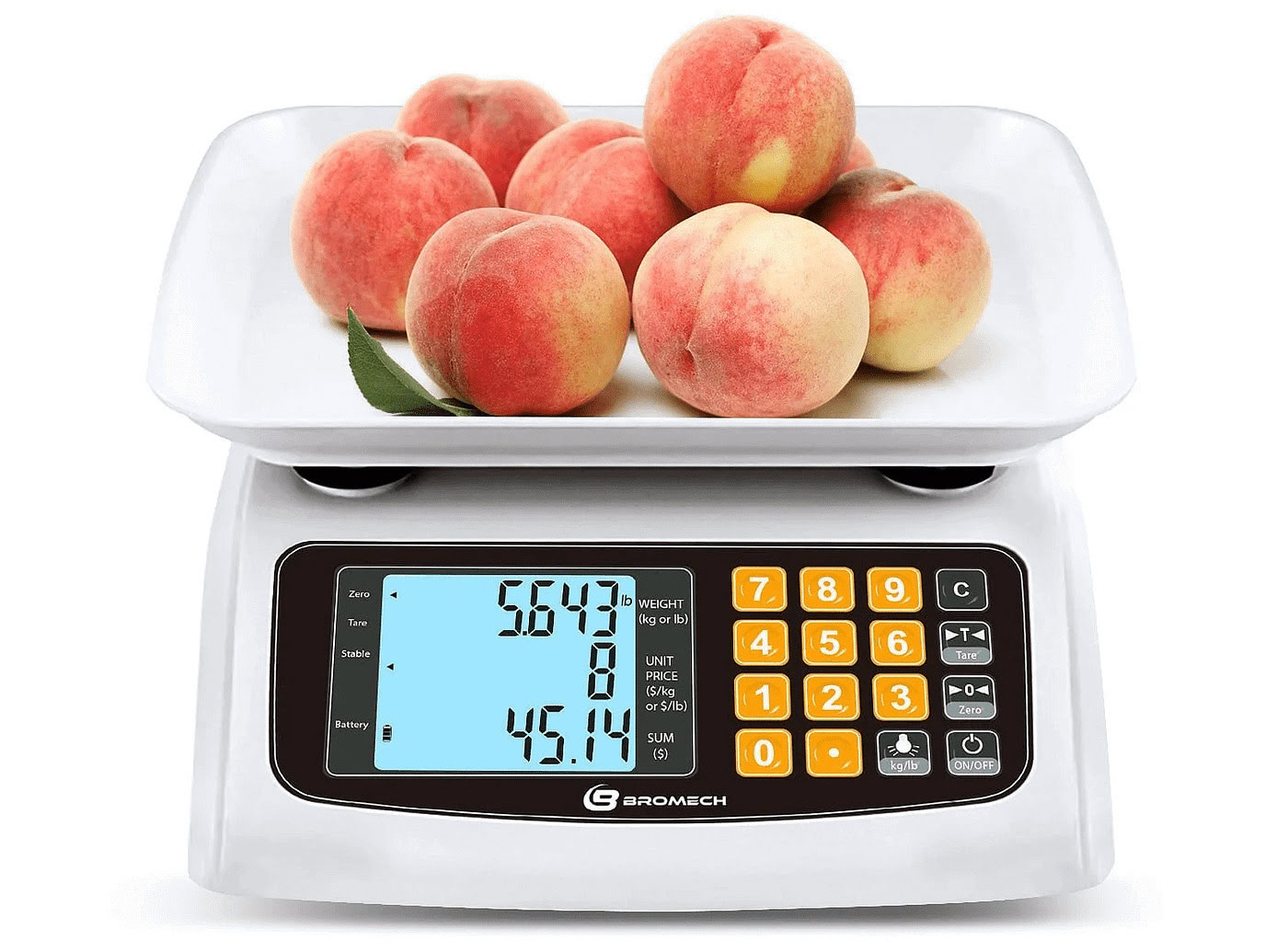
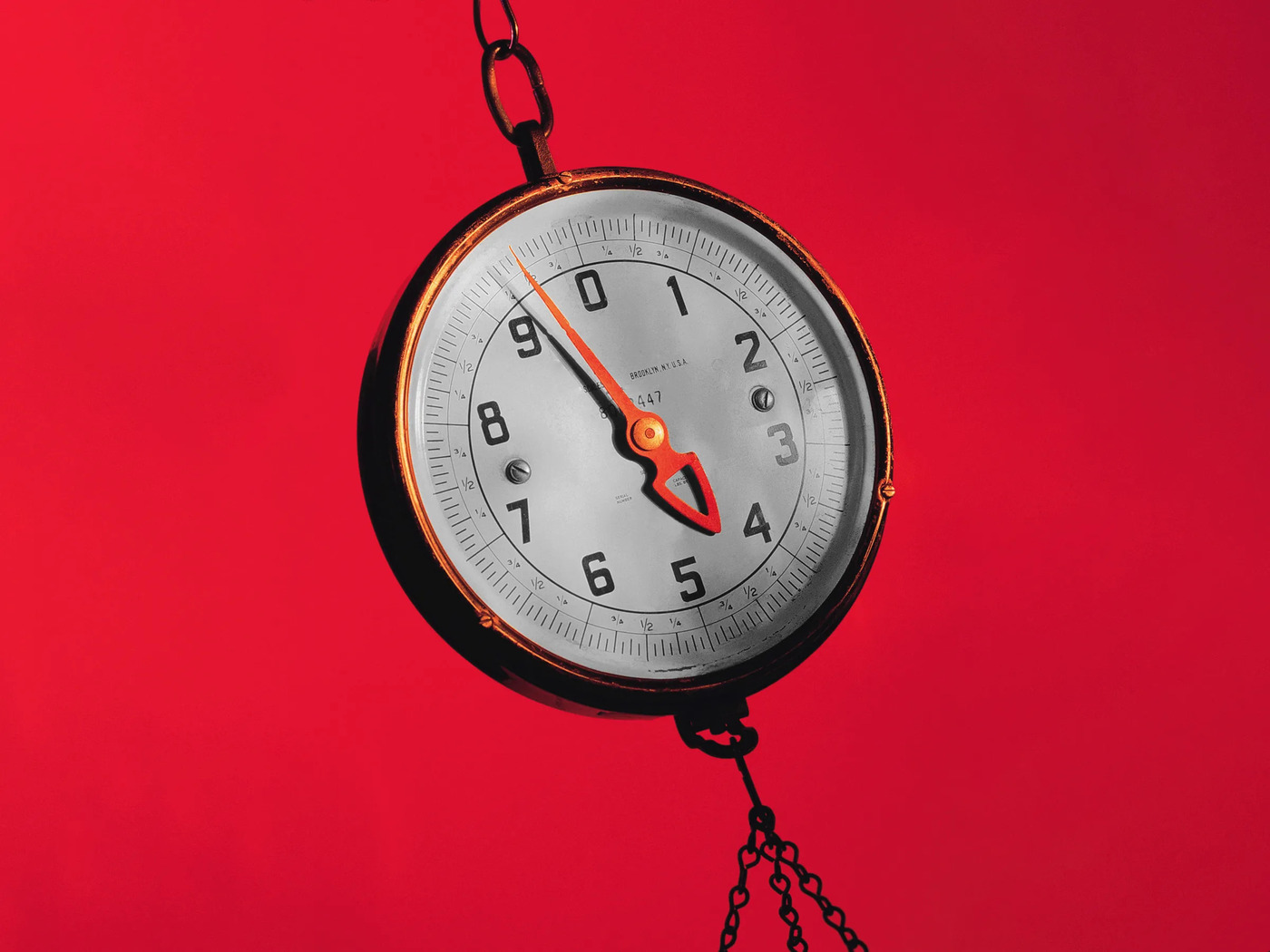
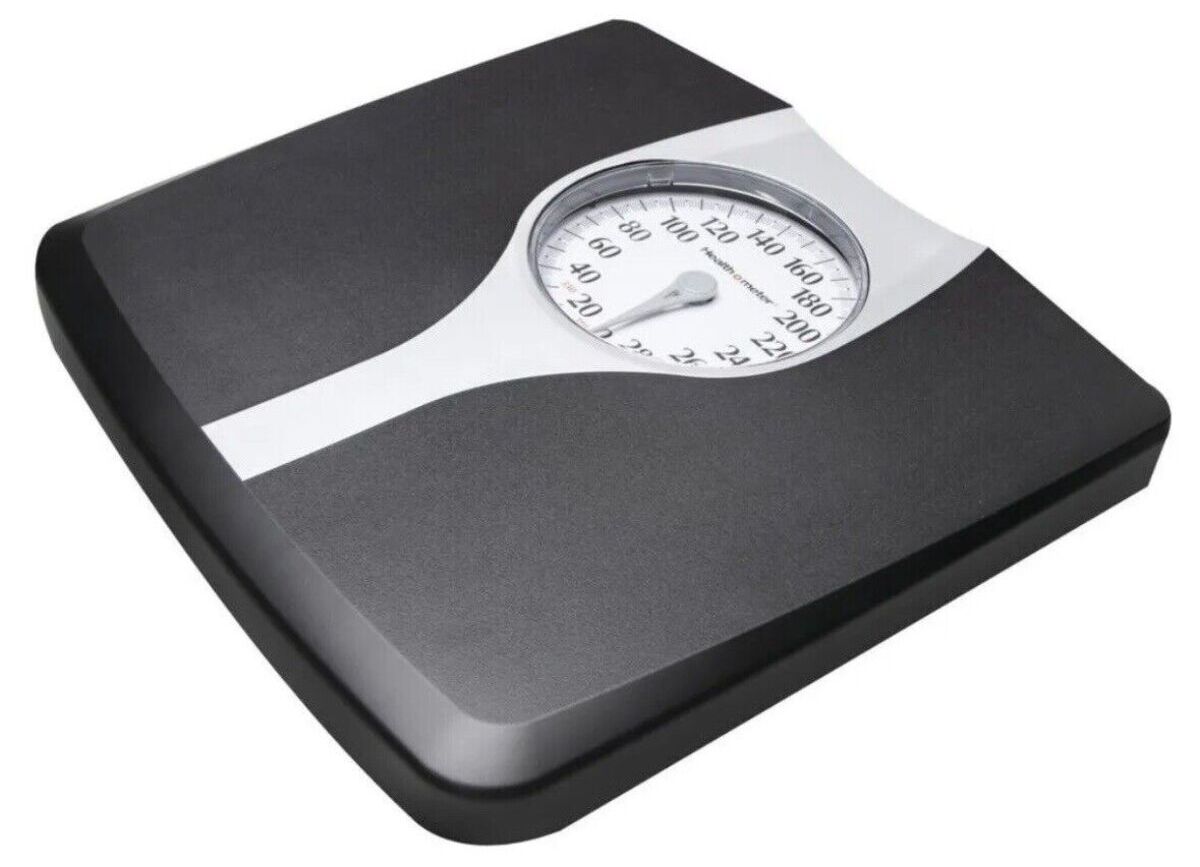



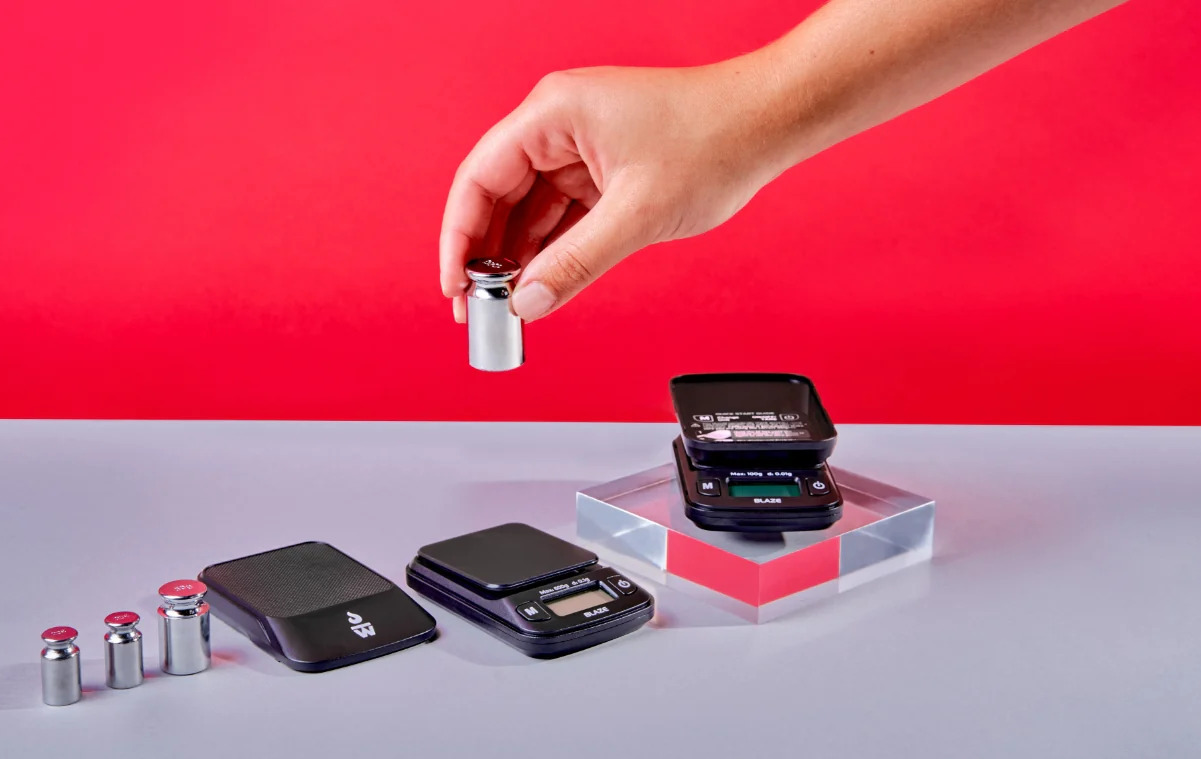

0 thoughts on “How To Fix A Weight Scale”